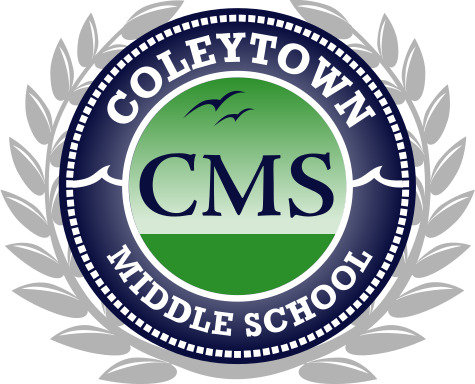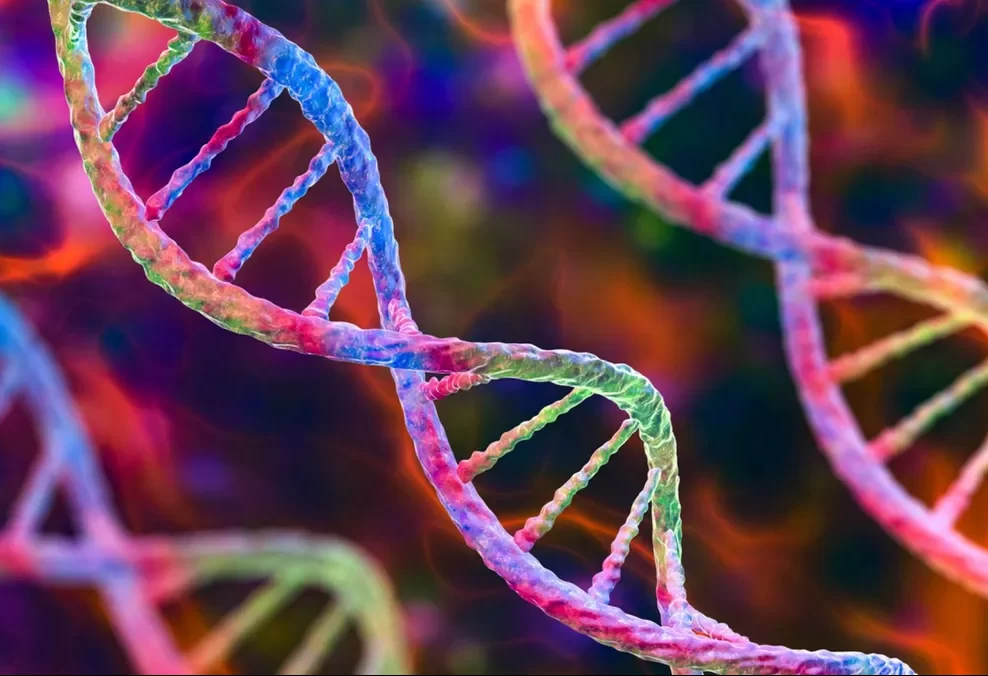The Beginning of an Era
For years, humans have possessed the power to edit genes. The power to change the fundamental nature of a living thing, by changing and splicing the very code that creates them. And now, we are beginning to turn that power away from the typical animal test subjects, and towards our own species. Genetic diseases have plagued humans since our beginning. They were previously thought to be incurable- but genetic editing could change that.
What is Sickle Cell Disease?
On December 8, 2023, the FDA officially approved two groundbreaking genetic treatments for sickle-cell disease. Let’s break that down. Sickle-cell disease is a relatively rare genetic condition that affects roughly 100,000 people in the US. It causes the red blood cells in your bloodstream to form, instead of the usual doughnut, a more crescent-like shape. It sounds harmless in and of itself. However, instead of making a nice, comfy pillow for oxygen to rest on, it’s… well… not. Sickle-cell disease restricts blood flow, because the oxygen simply can’t be carried around as efficiently in their deformed state. And that’s just the first domino in an often fatal chain of events. Without proper oxygenation, the organs suffer serious damage, Severe pain is almost constant. If organ damage continues, it will most likely leave the victim either permanently disabled or dead.
Casgevy’s Significance
Help is on the horizon, though. This December, the FDA approved Lyfgenia and Casgevy, two distinct treatments for sickle-cell disease. The big focus is on Casgevy, as it is derived from the gene-editing tool CRISPR. Co-developed by Vertex Pharmaceuticals and CRISPR Therapeutics, Casgevy is different from most genetic editing tools in that it works after the embryo stage, so it can be taken as an adult. Once in the blood stream, it will modify and reform red blood cells into their proper shape. This allows them to properly carry oxygen, and hopefully provide relief to those victimized by sickle-cell disease. There are some mild side effects (mouth sores, etc.), but Vertex said they were ready to roll it out immediately. They currently have nine authorized treatment centers across the US, but more are scheduled to be following.
The Next Steps
This event marks a seismic shift in the medical world. Not only is it significant for those with sickle-cell disease, but with the health community at large. Now that we’ve used gene editing to treat this illness, what’s next? Down syndrome, cystic fibrosis; the list of genetic diseases goes on and on. At long last, there is hope for people suffering from them. Change is on the horizon.
Works Cited
Farrell, James. “FDA Approves New CRISPR Gene-Editing Treatment.” Forbes, 16
Jan. 2024, www.forbes.com/sites/jamesfarrell/2024/01/16/
fda-approves-new-crispr-gene-editing-treatment/?sh=5d0e814bb492. Accessed
17 Jan. 2024.
Pflaum, Carly. “FDA Approves First Gene Therapies to Treat Patients with Sickle
Cell Disease.” U.S. Food and Drug Administration, 8 Dec. 2023, www.fda.gov/
news-events/press-announcements/
fda-approves-first-gene-therapies-treat-patients-sickle-cell-disease.
















